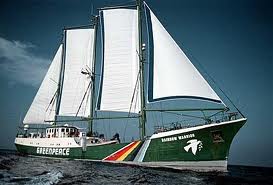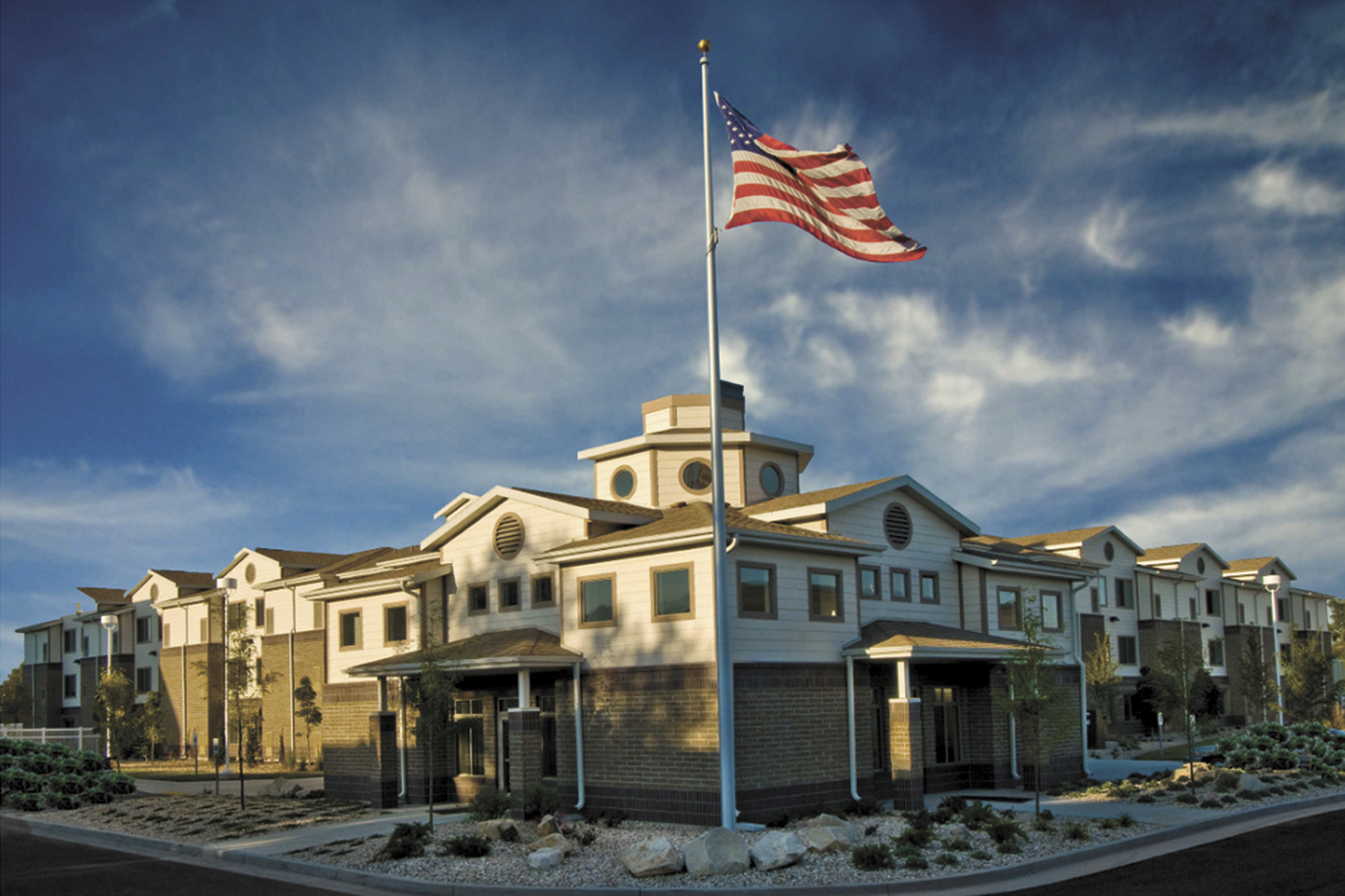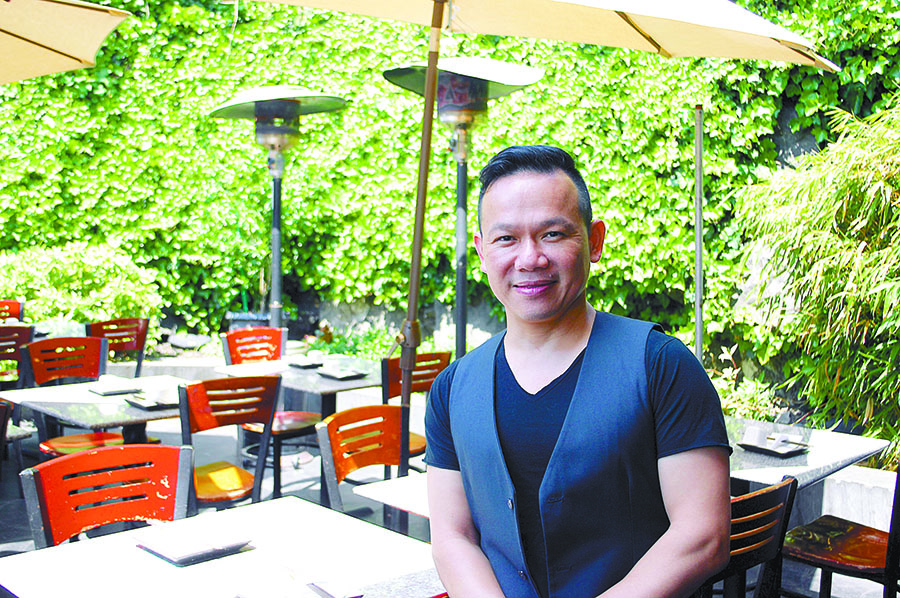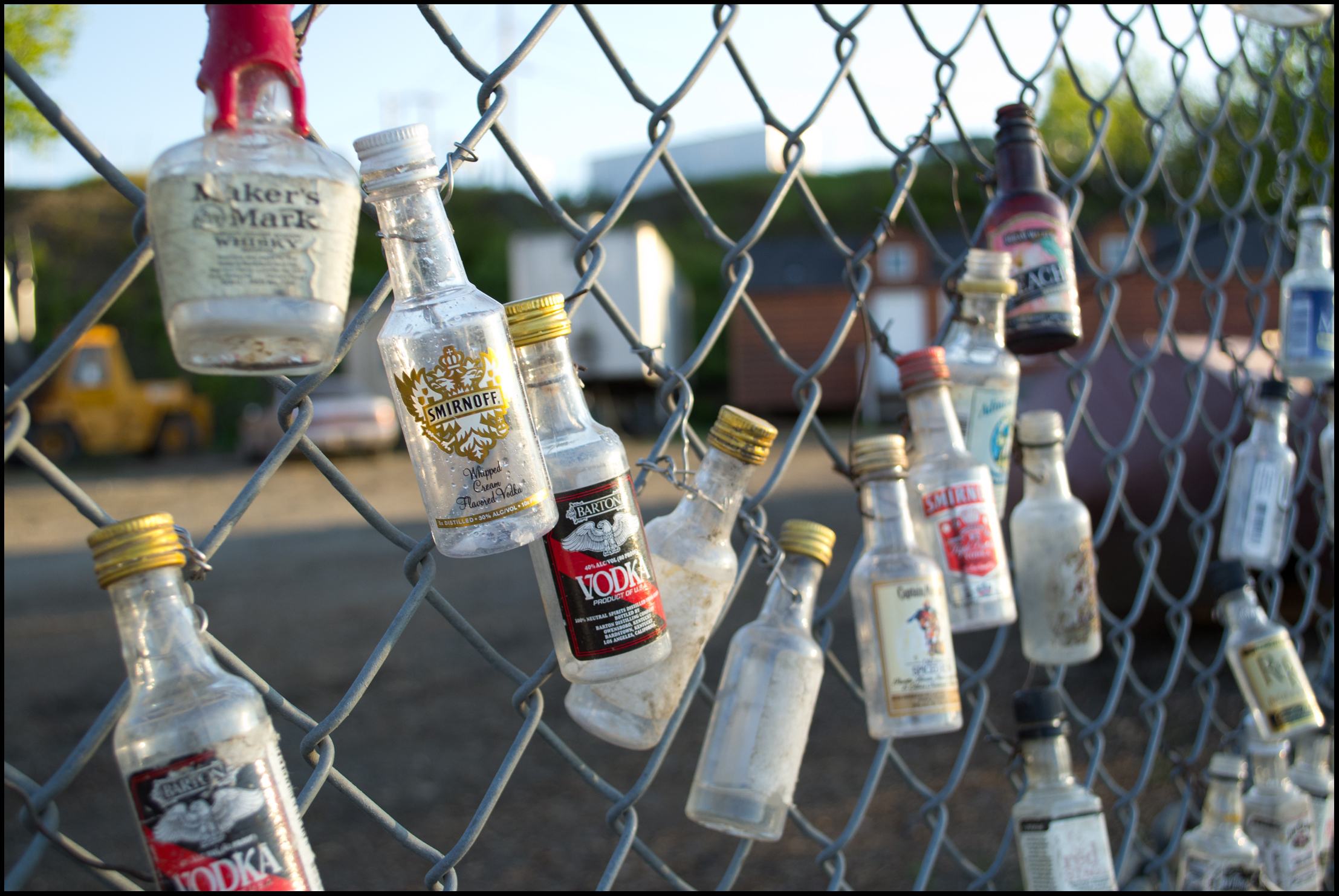Since its creation in 1971, Greenpeace has had its share of showdowns with whalers, seal hunters and illegal loggers. Now its environmental flagship, the Rainbow Warrior, is in Seattle to draw further attention to the plight of 30 crew members aboard the Arctic Sunrise who have been imprisoned since being detained at gunpoint by Russian border guards on Sept. 19.
Known as the Arctic 30, the crew were stopped during their protest against the Prirazlomnaya oil platform, all to underscore their argument that Russian drilling is polluting the Arctic Sea. They were initially charged with piracy, but earlier this week the Russian Investigative Committee ruled that it would lower the charge to hooliganism.
Later today, the 15 crew members aboard the Rainbow Warrior will walk from Pier 66 to the Russian Consulate. To date, more than 1.5 million people across the globe have sent letters to Russian embassies demanding their release.
“The ship was illegally boarded and seized,” says Greenpeace spokeswoman Myriam Fallon. “We intend to invite the Russian Consulate to come back with us to the ship. We are also going to have a 30-hour vigil.”
Fallon added that a jail cell is being erected today at the Pier 66 — where the public can tour the ship Saturday and Sunday from 9 a.m. to 5 p.m. – and that each crew member will take turns inside the mock prison. The vigil will continue through Saturday.
This is actually the third vessel named the Rainbow Warrior. The first was bombed by French agents in 1985 while it was docked in Auckland, New Zealand. The second Rainbow was donated to the aid organization Friendship in 2011 and turned into a hospital ship.
Rainbow Warrior III, a $33 million schooner, was launched two years ago and blessed by the smoke from traditional medicines by a Canadian woman from the Cree nation, whose traditions that revolve around the imminent end of the world is how the name Rainbow Warrior was drawn.
The ship is 190 feet long, and its masts, mounted to A-frames, rise up 180 feet above the sea. Its diesel engines can move the craft through waters at a top speed of 15 knots, but the majority of the time the vessel is governed solely by wind power.
During a brief onboard tour, Fallon points out the wet room, lined with water-proof coast and life vests. The crew lounge is filled with musical instruments, its walls strewn with welcome signs from various ports of call throughout the world. In the mess hall, crew members, who spend three months aboard the ship and three months off, are getting ready for lunch, which today consists of potato with paprika, pumpkin soup, tofu in garlic sauce, and a vegetable salad.
Fallon stresses that another reason the Rainbow Warrior is making its maiden journey to the West Coast is to raise awareness of its campaign to protect overfishing in the massive underwater grand canyons of the Bering Sea.








